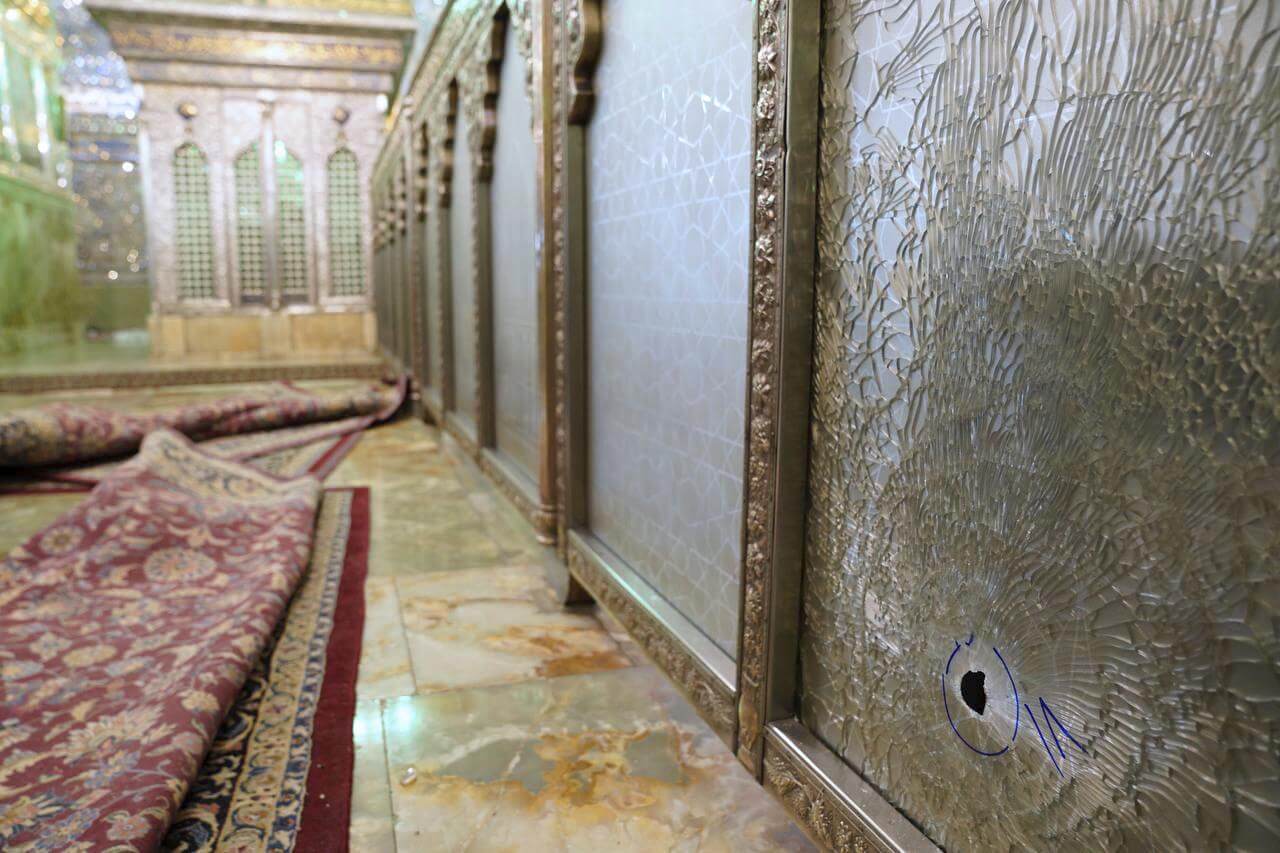Islamic State (ISIS) gunmen attacked a major Shi’ite shrine in Shiraz, Iran on Wednesday, killing at least 15 people, including women and children, and injuring around 40. The Iranian government said it will respond strongly and make the perpetrators regret their “evil act.”
ISIS claimed responsibility for the shrine attack on its Amaq news agency. Iranian media did not directly claim that ISIS was responsible; however, it said “Takfiri-Wahhabi elements” carried out the onslaught. State-owned Tasnim News stated that three gunmen entered the Shah-e-Cheragh shrine at around 5:45 pm local time and fired shots at pilgrims.
ISIL (ISIS) has claimed responsibility for the attack on shrine in the Iranian city of Shiraz that killed 15 people and injured 40 others https://t.co/GHoz2QGmF5 pic.twitter.com/n7YAKHIW8g
— Al Jazeera English (@AJEnglish) October 27, 2022
Fars News reported that the gunmen fired indiscriminately at people in the shrine using Kalashnikov assault rifles. The governor of the Fars province said the gunman was stopped from killing any more people after one of the workers in the shrine closed the door on the militants, preventing them from entering the shrine.
The government immediately sent security forces to the area and said security forces arrested two gunmen after an intense shootout. However, it noted that one of the attackers is still on the run.
President Ebrahim Raisi stressed the attack would not go unanswered. “The country’s security and law enforcement forces, having identified the root causes of this heinous crime, and will deliver a decisive response to its architects and operatives,” he declared.
“Experience shows that Iran’s enemies take revenge for their desperation and failed attempts to cause divisions within the united ranks of the Iranian society and impede the country’s progress by means of violence and terror,” Raisi said about the ongoing anti-regime protests.
'Amaq was first to the punch, and now ISIS has issued a formal communique. The group states that it targeted the Shi'a affiliated location with two armed fighters, killing 20. In the 'Amaq message, the group made reference to its 2018 attack in Ahzav.https://t.co/FZGne5qYm6 pic.twitter.com/T3vPPpXRsB
— Rita Katz (@Rita_Katz) October 26, 2022
Iranian human rights chief Kazem Gharibabadi said “terrorists continue to attack innocent Iranian civilians.” Gharibabadi demanded that international human rights organisations condemn both the shrine attack and foreign-backed groups. He claimed that terrorists—referring to nationwide protesters—who sow discord in Iran enjoy “unwavering backing” in the United States and Europe.
Iran has insisted that “terrorists” are behind the demonstrations and that foreign countries are backing them.
On the eve of 40 days since the murder of Mahsa Zhina Amini by the morality police, Iranian women of all ages walk in the city of Shiraz without the hijab in defiance of the mandatory veiling laws. #MahsaAmini #مهسا_امینی #زن_زندگی_ازادی #WomanLifeFreedom #IranRevolution2022 pic.twitter.com/sQHJPiGFUK
— Dr. Nina Ansary (@drninaansary) October 26, 2022
Protests first erupted in the wake of the death of a 22-year-old Kurdish woman, Mahsa Amini, on 16 September. Amini was arrested three days prior by Iran’s notorious morality police for not wearing her hijab correctly. The Guidance Patrol, also known as the morality police, is a police division in charge of enforcing the Islamic Republic’s laws against immodesty and societal vices. According to reports, Amini was brutally tortured and beaten and died while receiving treatment at an intensive care unit of the Kasra hospital in Tehran.
The attack on the Shah-e-Chirag shrine coincided with 40 days of continuous protests following Amini’s death. According to Iran Human Rights (IHR), security forces have used excessive force against protesters and killed at least 234 protesters, including 29 children. IHR reported that the government is trying to cover up the killings by ordering families to stay silent and forcing them to make false confessions.
What initially began as protests demanding an end to mandatory hijab laws have gradually morphed into a nationwide movement calling for the end of the theocracy in Iran. Protests have spread to over 20 provinces and galvanised school and university students, including girls, labour unions, and prisoners.

